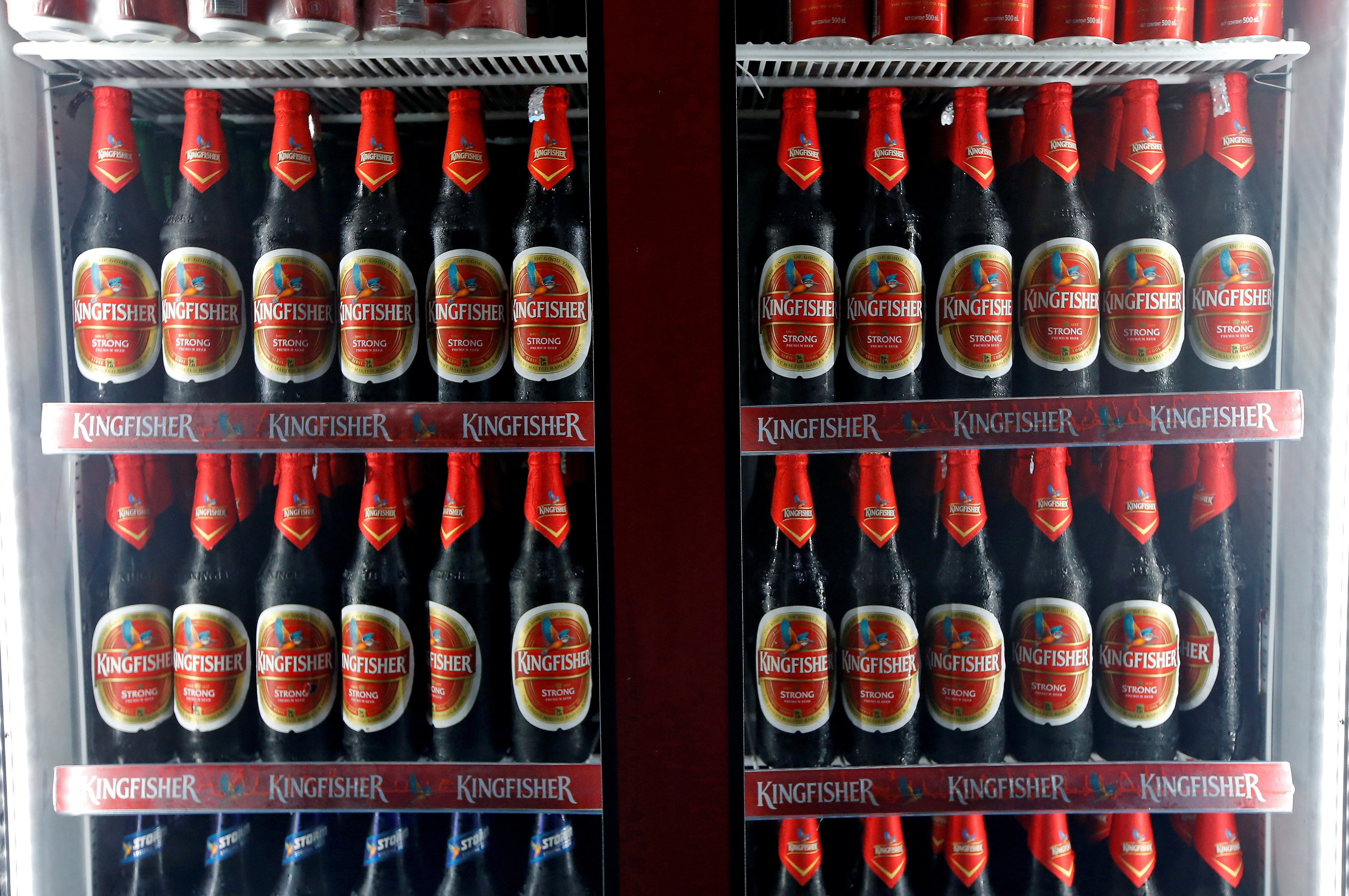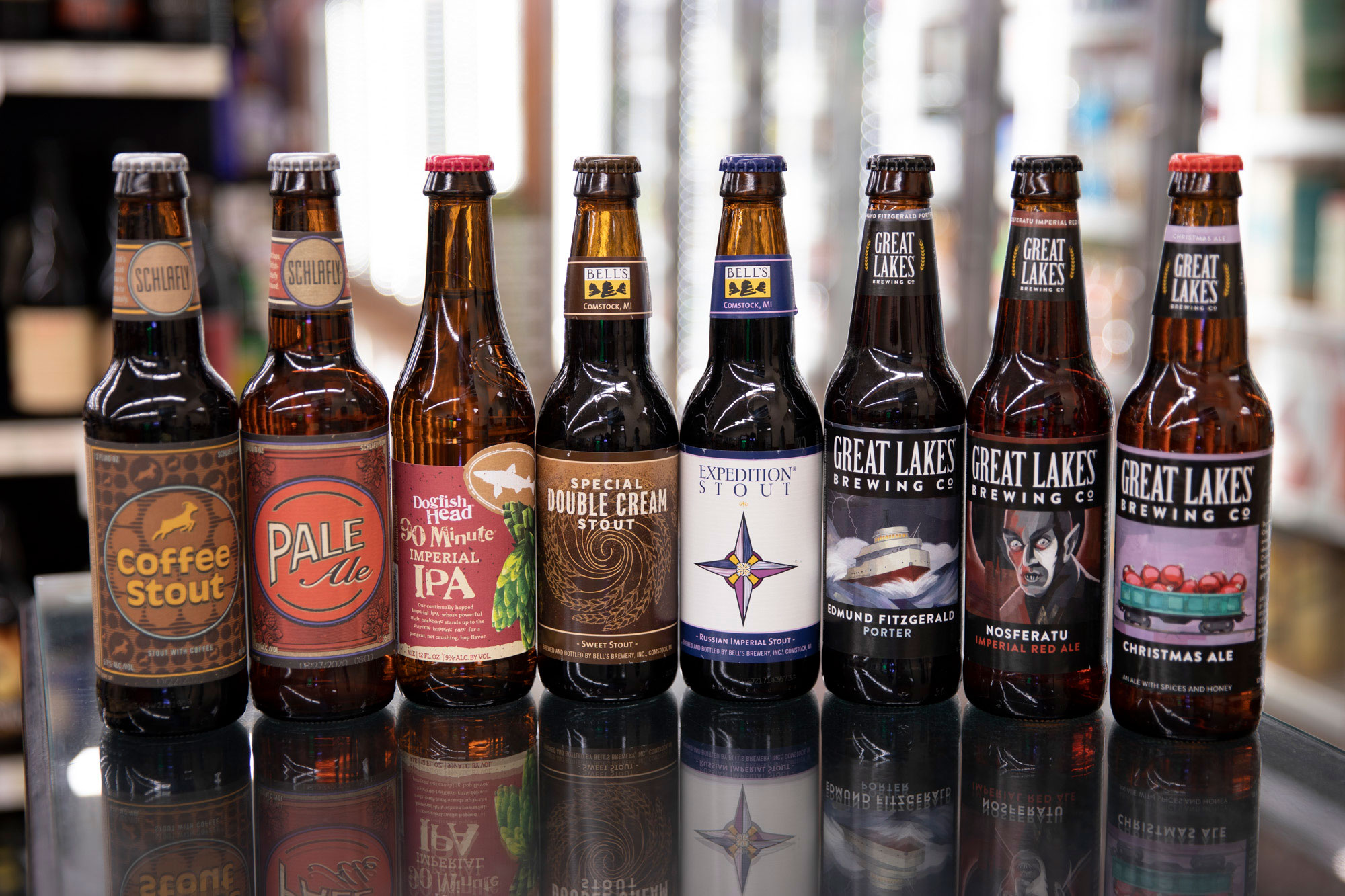Galveston Liquor: Wide Selection of Top Quality Spirits for every single Taste
Galveston Liquor: Wide Selection of Top Quality Spirits for every single Taste
Blog Article
The Ultimate Distillery Experience: From Grain to Glass, Everything You Required to Know
Getting started on a trip with the details of the distillery process reveals a world where scientific research meets creativity in the development of spirits. From the cautious option of grains to the meticulous crafting of each container, every action in the production line plays a critical duty in shaping the final item that beautifies our glasses.
The Art of Grain Choice
Selecting the suitable grains is a vital action in the purification process, identifying the flavor profile and quality of the last item. The kind of grain chosen dramatically influences the character of the spirit being produced - Galveston Liquor. Common grains utilized in distillation consist of barley, wheat, rye, and corn, each imparting distinct tastes and characteristics to the last item

Beyond flavor considerations, the top quality and pureness of the grains are critical. Distillers diligently source grains to guarantee they are devoid of impurities and possess the necessary starch content for fermentation. By understanding the art of grain choice, distillers lay the structure for producing phenomenal spirits that mesmerize the palate.
Distillation Process Demystified
Having established the structure with meticulous grain choice, the distillation process emerges as the transformative phase where the essence of the selected grains is unlocked and improved into a perky kind. The procedure does not end there; multiple distillation runs or additional steps such as aging in barrels might further fine-tune the spirit, improving its complexity, character, and taste. Understanding the intricacies of the distillation procedure is critical for generating high-grade spirits that captivate enthusiasts and connoisseurs alike.
Barrel Aging and Taste Growth
Throughout the barrel aging procedure, spirits go through a transformative journey as they engage with the wood, soaking up nuanced flavors and developing a rich complexity. The kind of timber used, usually oak, dramatically affects the last these details preference of the spirit. Oak barrels are preferred for their unique properties that enhance the flavor account. As spirits age in the barrels, they extract substances such as vanillin, lignin, and tannins from the timber, adding to the growth of fragrances like vanilla, sugar, seasoning, and also tips of you could try this out toasted oak.
The porous nature of timber additionally allows the spirit to breathe, promoting the combination of tastes over time. Depending on the duration of aging and ecological conditions like temperature level and humidity, spirits can obtain different attributes, from subtle wood notes to deep, intricate flavors that make each set unique.
Workmanship in Bottling and Labeling
As spirits reach their optimum taste profiles with barrel aging, the meticulous craftsmanship in labeling and bottling ends up being the following important action in offering a premium item to consumers. The process of bottling and classifying is a crucial aspect of the general distillery experience, as it is the last touchpoint prior to the product gets to the hands of customers (Seawall Bar). Workmanship in bottling entails guaranteeing that each bottle is loaded precisely with the spirit, thinking about variables such as uniformity in fill levels and the prevention of any kind of impurities going into the bottle
/https://static.texastribune.org/media/files/ad5ab7b80fc5f2bd06df97dde9a096d4/01%20Beer%20to%20go%20SF%20TT.jpg)
Tasting and Appreciating Fine Spirits
To fully value great spirits, one need to engage all the detects in a conscious and intentional tasting experience. When tasting penalty spirits, it is essential to start by observing the spirit's appearance. Swish the spirit in your mouth to fully experience its structure and taste.
Final Thought
To conclude, the distillery experience incorporates the elaborate art of grain choice, the exact distillation process, the transformative barrel aging, the careful workmanship in bottling and classifying, and the sophisticated technique of tasting and valuing great spirits. Each step in the production process plays a critical duty in producing high-quality spirits that captivate the detects and pleasure aficionados worldwide.
The kind of grain picked substantially affects the personality of the spirit being created. By understanding the art of grain option, distillers lay the structure for producing extraordinary spirits that captivate the taste buds.

Report this page